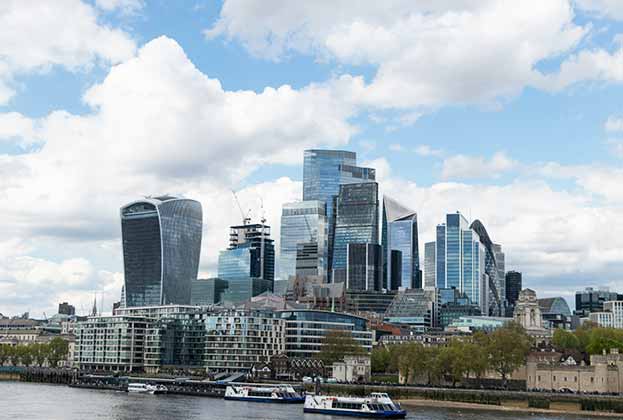‘Permacrisis’, the Collin’s Dictionary word of the year in 2022, seemed to capture the zeitgeist: a portmanteau of “permanent” and “crisis” it summed up how many felt after two years of world events that turned many norms and behaviours on their head. The real estate industry was of course not immune from this: the consequences of the pandemic and the war in Ukraine permeated many sectors and geographies, but these changes also came against a wider backdrop of economic, social and environmental upheaval that - in some cases - has been fermenting for decades.
This all came at the same time that interest rates have risen (in some respects as a consequence of the events above) meaning that finding rental growth has become the key to real estate investment success. But in a more complex buying environment than ever before, many previously held expectations about returns and sector performance simply don’t hold true. In the office sector, for example, the well-documented ‘flight to quality’ means that what used to be considered a prime building in a good CBD location may not be the guaranteed investment it once was. Likewise, while industrial and logistics space saw a huge spike in demand during the pandemic among reports that ecommerce was now an unstoppable force, the market has now cooled slightly in developed markets as retail trends have returned something approaching ‘normality’; while there is still high demand for industrial assets, today’s focus is on best in class assets and price adjusted value-add opportunities. In short: not every warehouse is equal, and not every one makes for a sound investment.
So, in a world that doesn’t look likely to see stability soon, where are you likely to find the strongest rental returns?
Current demographic trends and patterns of economic growth in theory favour developing countries with accessible real estate markets, such as China, India, Malaysia, Mexico, South Africa, the Czech Republic and Poland. Urbanisation trends here could bring huge housing and infrastructure challenges – but also big opportunities for rental growth. The urban population is expected to double in size by 2050, with 70 per cent of the world’s population living in cities by then. So too could ecommerce growth, as internet utilisation levels in many of these jurisdictions are currently far lower than elsewhere in the world.
However, in other sectors, choosing by geography alone is too simplistic: continued deglobalisation could drive global capital flows in new directions and the beneficiaries could be outside these fast-growth markets, and in fact back in some of the more traditional epicentres for real estate buyers. The US’s push to re-shore much of its manufacturing, for instance, could favour industrial across North America.
There are a lot of ‘coulds’ and ‘mays’ when it comes to property investment at the moment. Global real estate is entering a new phase that will be characterised by greater volatility and increased fragmentation, but long-term shifts do provide some indication of where we may end up. To secure rental income, investors must stay abreast of these trends and remain nimble, as well as being cognisant that as much as disruptive forces can be dangerous, they can also create opportunities.
You can read the full article on page 62 of this year’s Impacts publication.





.jpg)

.jpg)


